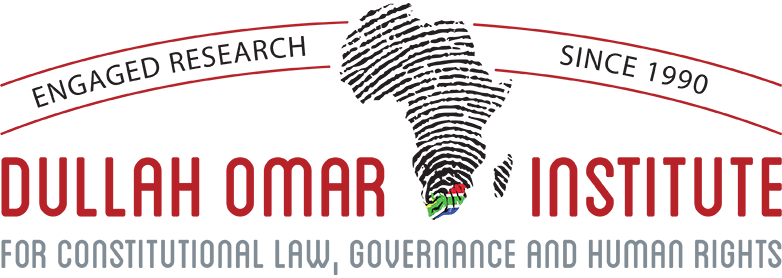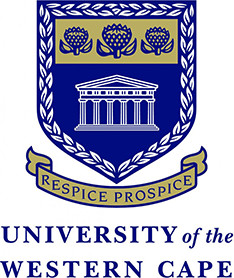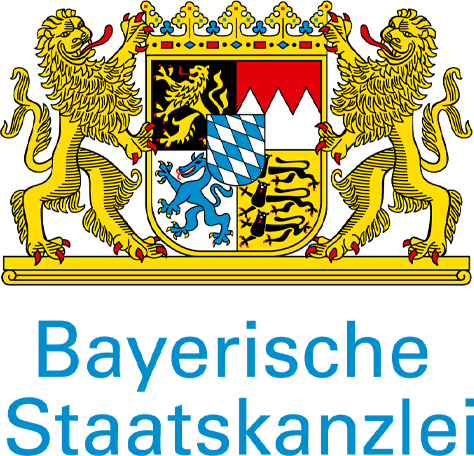The financial impact of COVID-19 on district and local municipalities: A Western Cape perspective
Introduction
Prof Tania Ajam shared preliminary insights of a study on the impact of Covid-19 on the finances and operations of municipalities in the Western Cape. It is funded by the Hanns Seidel Foundation and conducted in partnership with the Western Cape government.
From the outset, Prof Ajam remarked that local government has suffered from what she termed “a decade of inaction”, referring particularly to the stalemate on the funding model for district municipalities and the stalled 2008 White Paper process. This contributed to long term sustainability problems for local government. She also remarked that any local revival will depend on the national economy: “Unless we see a national revival, we are not going to see a revival of the local economy”.
The study, of which Prof Ajam shared some early results, examines seven local municipalities and three district municipalities in the Western Cape. The findings point towards “remarkable resilience” in the short term. However, it also shows the persistence of long term sustainability challenges. The study also shows that, where there was instability and financial stress before the pandemic, municipalities suffered more when the pandemic hit. In municipalities where good governance systems were in place before Covid-19, there was greater resilience. Lastly, Prof Ajam mentioned that many Western Cape municipalities learned important lessons from the drought (which hit the Western Cape particularly hard).
Analysing economic growth
Prior to the pandemic, growth (as measured by the Regional Gross Domestic Product) in the Western Cape was sluggish at 1.4% in the year before the pandemic. This dropped to 0.3% in 2019 with the pandemic already affecting the last few months of that year. The Western Cape envisages a 6.9 contraction of the regional economy for this year. However, it also predicts a rebound to a 3.4% growth percentage, which is much faster than the rest of the country. At municipal level, it seems that bigger municipalities with diversified revenue bases suffered less economic contraction, and are also likely to rebound quicker. For example, Stellenbosch’s slowed growth rate of 0.1 % is better than Bergriver’s 2.3 % slow down. Furthermore, Stellenbosch is anticipated to rebound to a growth 4.3 % in 2021, while Bergriver is expected to rebound only to 1.7 %. The trend thus seems to be that bigger, urban municipalities are more resilient than the smaller, rural municipalities. Prof Ajam suggested that this is because they have richer rates and tax base, and residents were better able to work from home, so there was less loss of livelihoods. The composition of the economy also matters a lot. Those municipalities, whose economy relies on agriculture did much better than those whose economy relies on tourism and hospitality. The agricultural sector performed much better than expected.
Prof Ajam emphasised that, aside from looking at the fiscal capacity of municipalities, it is also important to examine how municipalities responded to the pandemic. For example, how soon did they start working from home? How quickly did they open their revenue offices? Did they have revenue enhancement strategies? Did they practice cost containment measures?
Analysing revenue budgets
Prof Ajam explained that the analysis of operating budgets of these municipalities often shows an initial decline, followed by a quick rebound. However, smaller municipalities seemed to have been less resilient. In the Western Cape, capital budgets were hardest hit. Municipalities in the Western Cape rely more on borrowing than on capital grants to fund capital expenditure. The uncertainty and the high cost of borrowing forced municipalities to use internal capital reserves. However, it is hard to replenish these reserves in a depressed economy.
It seemed that water surpluses were not the hardest hit in the Western Cape and this could be because new water pricing systems had already been implemented on the back of the drought. Electricity surplus suffered, though, but this also had to do with NERSA’s bulk pricing. Importantly, so Prof Ajam argued, these are systemic issues that did not necessarily arise because of the pandemic.
In terms of revenue, it seemed that property rates and user charges were not the worst affected sources. This ensured that the impact on operating revenue “was really not that bad”, according to Prof Ajam. Smaller revenue sources, such as fines, penalties, licenses and rentals were decimated, but because they are small revenue sources, this did not present major problems for municipal budgets. The biggest problem for municipal operating budgets remains the high costs of employment and bulk services, coupled with the fiscal consolidation at national level (i.e. a declining equitable share). However, these are again systemic issues, and not the result of the pandemic.
Costs
Prof Ajam indicated that the research shows that there were increased costs for municipalities to deal with the pandemic. However, there were also substantial savings in terms of travel and subsistence costs and she expressed the hope that this trend will continue. She highlighted a problem, however, in the projection of the cost of free basic services and revenue foregone as a result of that: “I feel that they have underestimated the impact of this”,
Comparing financial indicators
Prof Ajam continued by presenting some figures, analysing municipal financial performance over the three quarters that fell within the pandemic (Q1 April-June, Q2 July-September and Q3 October-December). One such indicator is the surplus as a percentage of operating revenue. This is an important proxy for the liquidity and solvency of the municipality. Comparing the three quarters of the pandemic with what happened the previous year, shows interesting results.
For example, Stellenbosch Local Municipality saw a 3% increase in the first quarter, a 41% surplus in the second quarter and a 56% surplus in the third quarter of the pandemic. Clearly, these operating budgets show resilience. However, it is different in smaller municipalities. Hessequa Local Municipality posted a 54% deficit in the first quarter, a 55% surplus in the second quarter and then again a 19% deficit in the third quarter. It thus seems that the impact on liquidity was harder on the smaller municipalities
With respect to the capital budgets, it seems that the biggest and the smallest local municipalities were the hardest hit and medium-sized municipalities less so. For example, Stellenbosch’s capital expenditure fell by 56% in the first quarter, by 32% in the second quarter and by 23% in the third quarter. Laingsburg Local Municipality (a small municipality) also registered a 77% drop off in capital expenditure, but then showed positive growth in the subsequent two quarters up to a 139% improvement in the third quarter. Swartland Local Municipality’s capital expenditure did not decline at all, posting 38%, 98% and 25% increases in the three successive quarters during the pandemic.
District Municipalities
For district municipalities, there was a limited loss of revenue during the three quarters that were analysed. This is because they have limited own revenue and rely on grants that were not immediately affected by the pandemic. According to Prof Ajam, district municipalities in the Western Cape have been very good in controlling expenditure.
For district municipalities, the deficit as a percentage of operating revenue is also an important indicator of liquidity. In the Cape Winelands District Municipality, the deficit was 75% of operating revenue in the first quarter, but then it swung into a surplus of 39% and 11% in the subsequent two quarters. The Central Karoo District Municipality posted an 11% operating deficit in the first quarter of the pandemic, but then in the subsequent quarters it moved into surpluses of 60% and 31% respectively. This indicated that district municipalities also showed resilience in their operating budgets during the pandemic.
Capital budgets of district municipalities suffered, though. For example, the capital budget of the Cape Winelands District Municipality fell by 78% in the first quarter and it did not recover much in the subsequent quarters. In Central Karoo, the capital budget dropped by 88% in the first quarter and by 100% in the quarter thereafter. Prof Ajam emphasises that these constrained capital budgets, also at district municipality level, underscore the earlier point made by Dr Ncube with respect to the risk of deferring capital expenditure and maintenance.
Prof Ajam closed her input by stressing the importance of a stable political and administrative interface, and having an experienced management team. On both these issues, the Western Cape seems to fare comparatively well. All in all, she indicated that she was “quite surprised” to see the resilience of the municipalities, but expressed concern over the long term sustainability challenges.






